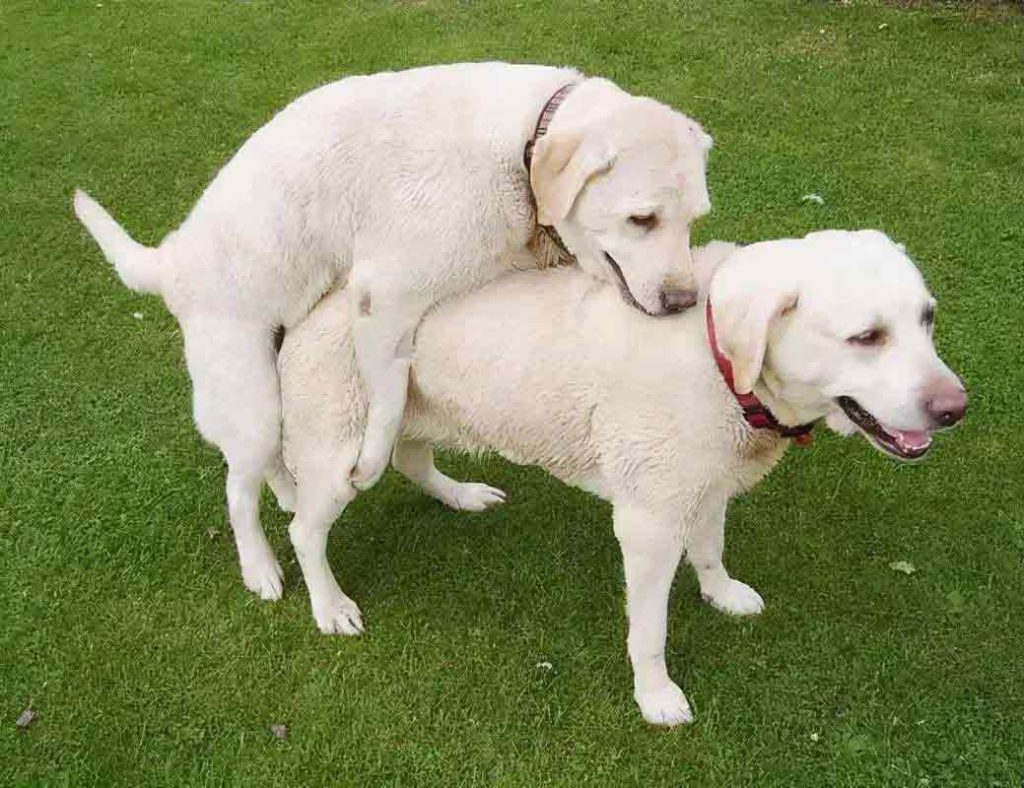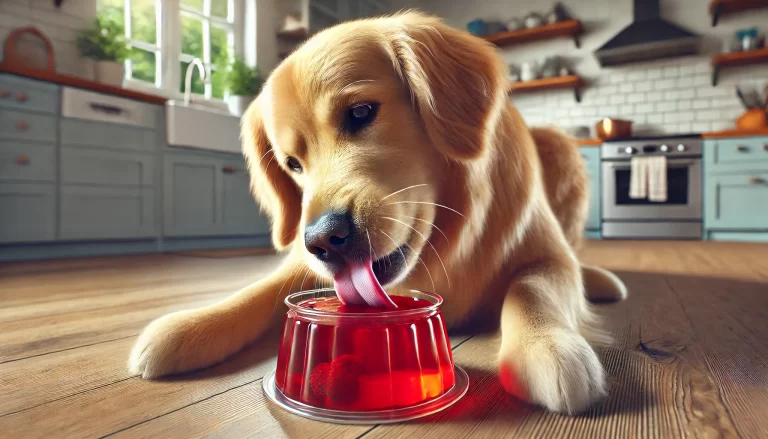Can You Spay a Dog in Heat? Risks, Recovery, and Vet-Approved Advice
Table of Contents
- 1. Introduction
- 2. Understanding the Canine Heat Cycle
- 3. What Is Spaying?
- 4. Can You Spay a Dog in Heat?
- 5. Risks of Spaying a Dog While in Heat
- 6. Benefits of Waiting Until After the Heat Cycle
- 7. When It Might Be Necessary to Spay During Heat
- 8. Post-Surgery Recovery Considerations
- 9. What Do Veterinarians Recommend?
- 10. Frequently Asked Questions
- 11. Final Thoughts
- 12. Key Takeaways
1. Introduction
Spaying your dog is one of the most responsible decisions a pet owner can make. But what if your dog goes into heat just before her scheduled surgery? Can you spay a dog in heat? This article answers that question and explores the risks, timing, and best practices when it comes to spaying a dog during her reproductive cycle.
2. Understanding the Canine Heat Cycle
The heat cycle, also known as estrus, is when a female dog becomes fertile and capable of mating. It typically occurs twice a year and can last between 2–4 weeks. During this time, hormonal changes cause physical and behavioral signs like swollen vulva, discharge, and increased interest from male dogs.

3. What Is Spaying?
Spaying is a surgical procedure that removes a female dog’s ovaries and usually the uterus, making her unable to reproduce. This procedure is commonly recommended for health reasons and to reduce overpopulation. It can be done through traditional surgery or minimally invasive laparoscopic methods.
4. Can You Spay a Dog in Heat?
Yes, it is technically possible to spay a dog while she is in heat. However, it is not the ideal time to perform the surgery unless necessary. During heat, the reproductive organs are engorged with blood and more sensitive, which can make the surgery more complicated and increase the risk of bleeding.
5. Risks of Spaying a Dog While in Heat
There are several reasons why most veterinarians prefer not to spay during heat unless it’s urgent:
- Increased blood flow: Higher risk of excessive bleeding during surgery
- Swollen tissues: Makes the procedure technically more challenging
- Longer recovery: Dogs spayed in heat may take longer to heal
- Higher surgical cost: Due to complexity and added time
6. Benefits of Waiting Until After the Heat Cycle
Waiting 2–3 weeks after your dog’s heat cycle ends can lead to a smoother surgery with fewer complications. Benefits include:
- Reduced surgical risk
- Less swelling in reproductive tissues
- Lower cost in some veterinary clinics
- Shorter recovery period
7. When It Might Be Necessary to Spay During Heat
In some situations, your vet might recommend spaying during heat:
- Accidental mating or risk of unwanted pregnancy
- Medical conditions like pyometra (uterine infection)
- Behavioral issues related to the heat cycle
In such cases, your vet will take extra precautions to manage the added risks.
8. Post-Surgery Recovery Considerations
Dogs spayed during heat may have more bruising, swelling, or discomfort than those spayed at other times. It’s crucial to:
- Limit activity for at least 10–14 days
- Monitor the incision for redness or discharge
- Prevent licking with an e-collar if necessary
- Follow all post-operative instructions from your vet
9. What Do Veterinarians Recommend?
Most vets recommend waiting until your dog is out of heat to perform a spay, unless there is a medical or behavioral reason to act sooner. They may also recommend pre-surgical blood work to check for clotting issues and determine your dog’s overall health.
10. Frequently Asked Questions
Can spaying a dog in heat cause complications?
Yes. There is an increased risk of bleeding and post-op issues due to hormonal and tissue changes.
Will spaying stop a dog’s heat cycle immediately?
No. If performed during heat, signs may persist for a short while due to hormones already in the bloodstream.
What age should I spay my dog?
Typically between 6–12 months, but it varies based on breed and health. Your vet can advise the best time.
11. Final Thoughts
Can you spay a dog in heat? Yes, but it’s not the preferred option unless medically necessary. Most vets recommend waiting until the heat cycle is over to reduce surgical complications and recovery time. Always consult your veterinarian to determine the safest and most effective plan for your dog’s health and well-being.
12. Key Takeaways
- Spaying in heat is possible but comes with added risks
- Waiting until after the heat cycle is generally safer
- Speak with your vet about timing and any special circumstances
- Follow all pre- and post-operative instructions carefully







